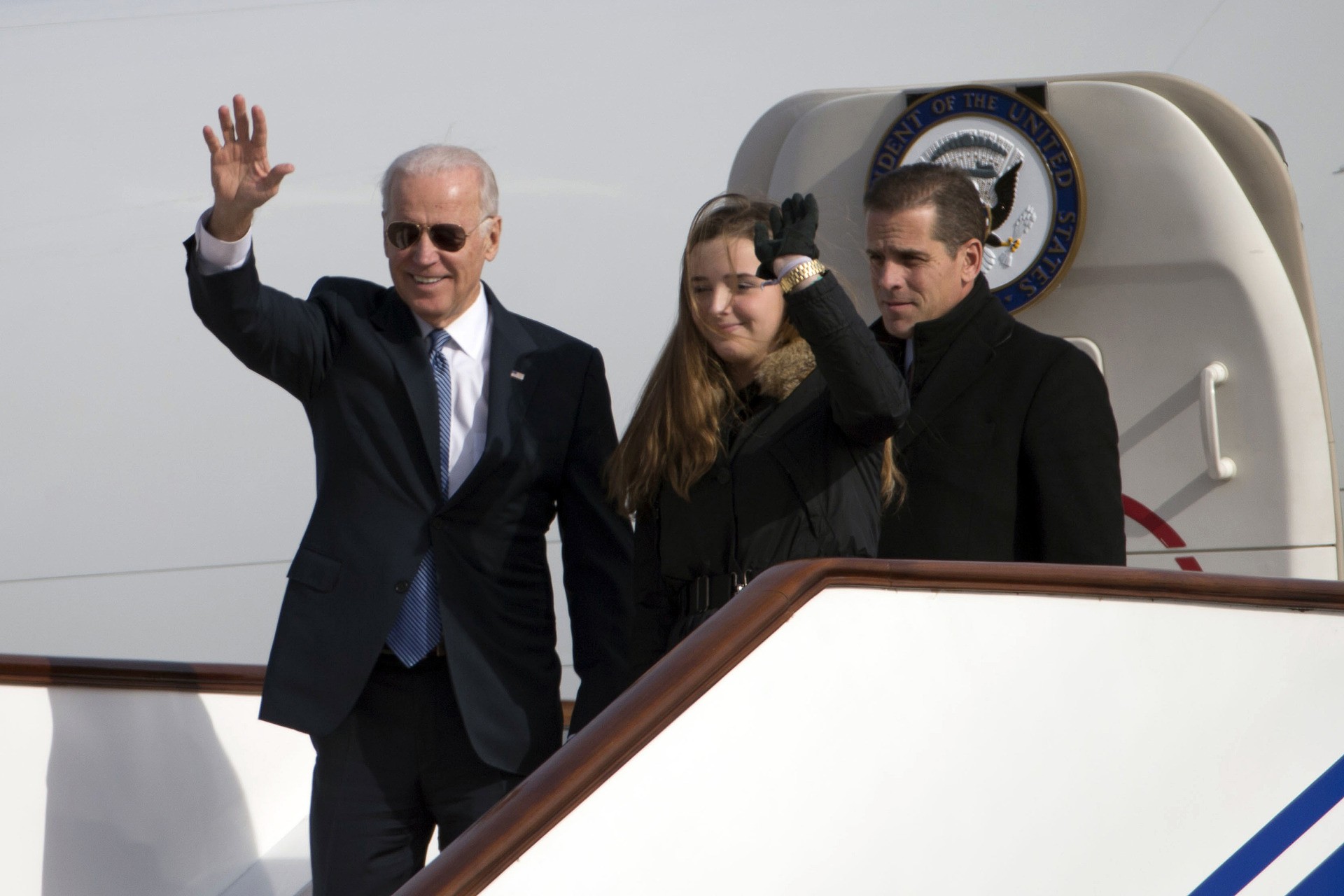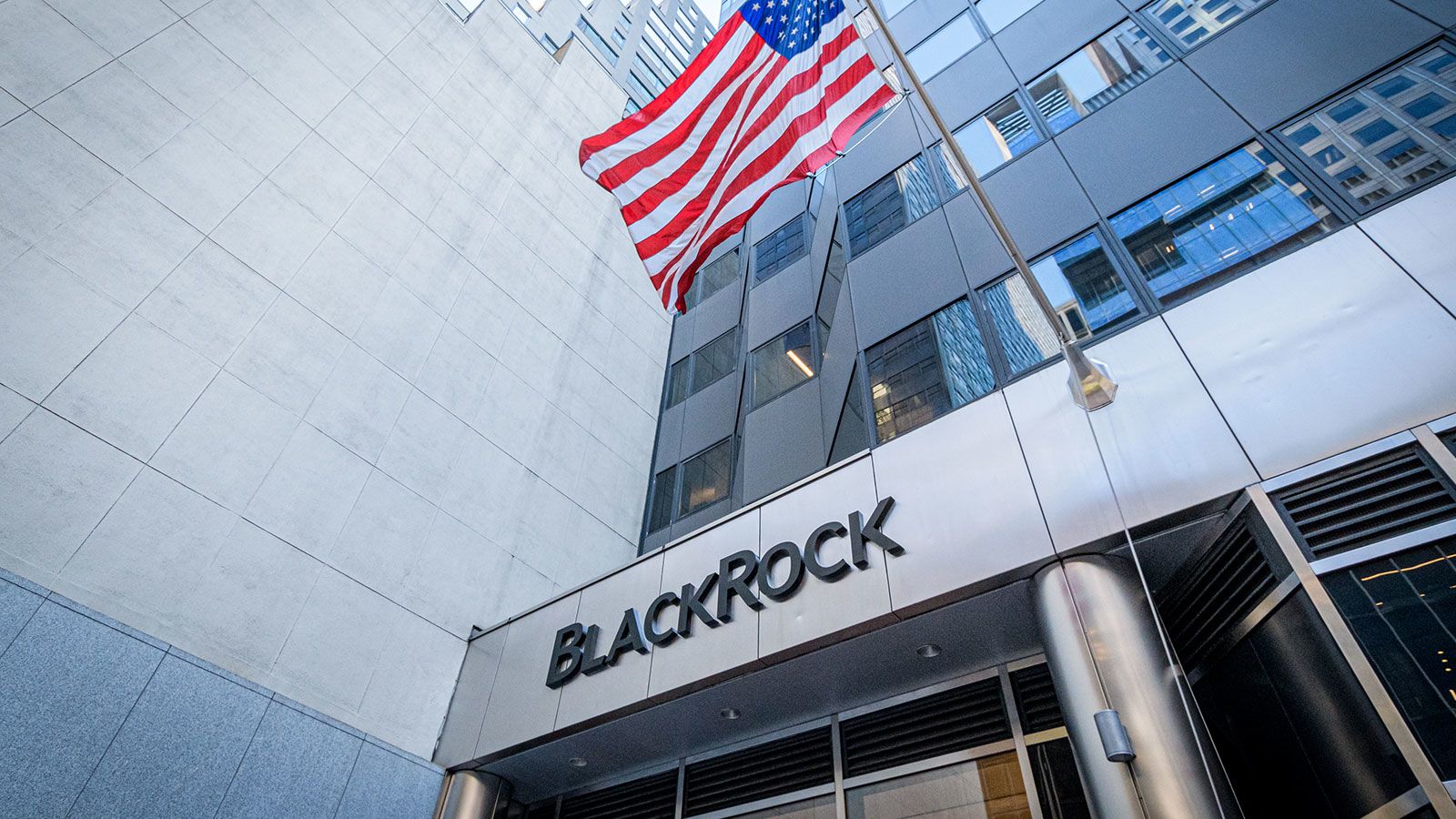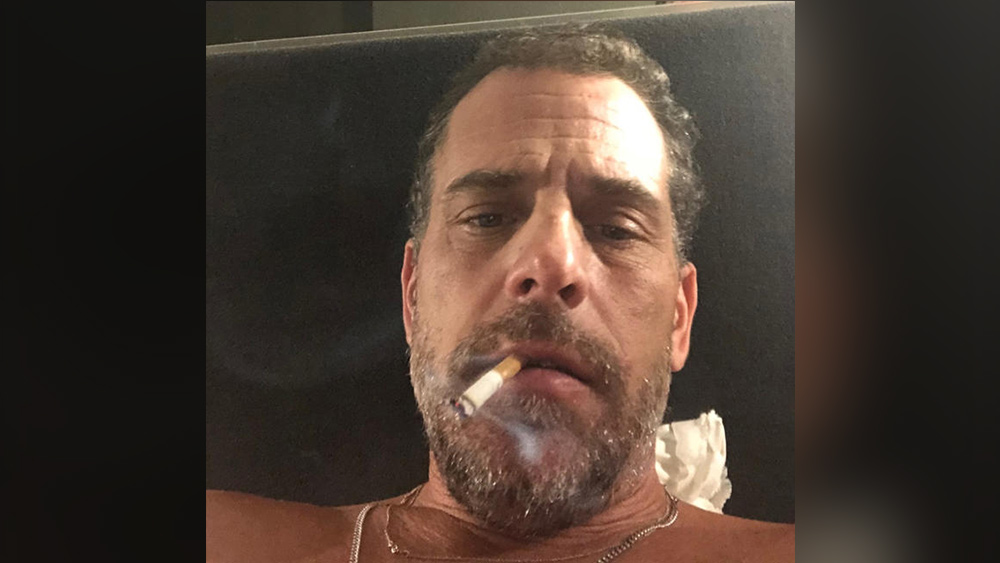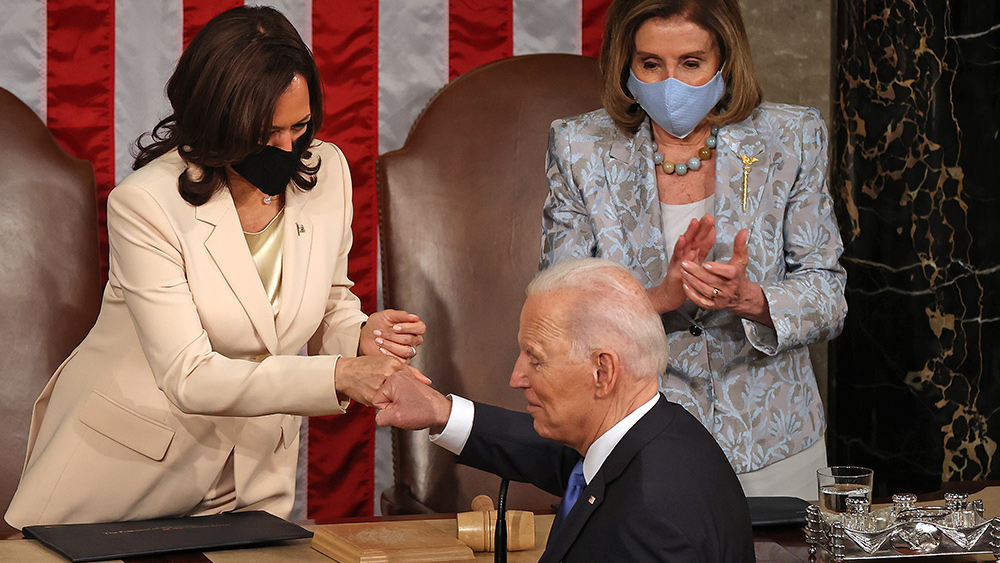New report reveals how $200B in COVID-19 relief aid was STOLEN
06/30/2023 / By Olivia Cook

A federal watchdog’s investigation strongly suggests that more than $200 billion in taxpayer dollars may have been stolen from two large Wuhan coronavirus (COVID-19) relief initiatives.
This is according to the inspector general of the Small Business Administration (SBA) and represents a much greater loss through fraud than the office’s previous projections and underscores the vulnerability of the two relief programs – the Paycheck Protection Program (PPP) and the COVID-19 Economic Injury Disaster Loan program (COVID-EIDL) – especially during the early stages of the pandemic. (Related: “The Great Grift:” New AP investigation reveals stunning scope of COVID fraud.)
According to the inspector general’s report, at least 17 percent of PPP and COVID-EIDL funds “were disbursed to potentially fraudulent actors.”
The fraud estimate for the COVID-EIDL program is more than $136 billion, which represents around 33 percent of the total money spent on that program. The PPP fraud estimate is $64 billion.
The inspector general’s previous estimate suggested that the amount of fraud from the COVID-EIDL program and PPP were $86 billion and $20 billion, respectively.
SBA Inspector General Hannibal “Mike” Ware said in a statement that the report “utilizes investigative casework, prior [inspector general] reporting and cutting-edge data analysis to identify multiple fraud schemes used to potentially steal over $200 billion from American taxpayers and exploit programs meant to help those in need.
“We will continue to assess fraud until we’re finished with the investigations on these things,” he added, noting that his office has a backlog of more than 90,000 actionable leads into pandemic relief fraud. This strongly suggests that the amount of fraud in the two programs may be significantly larger.
Government may have lost more taxpayer dollars to fraud and waste
This bombshell report may be the lower estimate of how much taxpayer dollars the government lost through fraud and waste. One other report suggests that $420 billion in COVID relief funding was lost either to fraud or wasted spending.
This estimate, based on a previous investigation by the Associated Press (AP), suggests that $280 billion in COVID relief funding was lost to fraud, while another $123 billion was wasted or misspent.
Both sums represent around 10 percent of the more than $4.2 trillion in taxpayer dollars that the American government has doled out so far on COVID-19 aid.
According to the AP, the fraud comes from thieves passing off the social security numbers of dead people or federal prisoners as their own in order to be eligible to receive unemployment checks. Some of these thieves even collected benefits from multiple states.
Dan Fruchter, chief of the U.S. attorney’s fraud and white-collar crime unit in the Eastern District of Washington, said that the government-encouraged perception that COVID-19 relief funds were an “endless pot of money” practically encouraged the crime wave.
“Here was this sort of ‘endless pot of money’ that anyone could access,” said Fruchter. “Folks kind of fooled themselves into thinking that it was a socially acceptable thing to do, even though it wasn’t legal.”
Like Ware’s analysis, the AP believes much of the fraud and waste came from the programs administered by the SBA, in part because fraud protection measures were waived to ensure rapid relief for those who truly needed it.
Learn more about the economic effects of the COVID-19 pandemic at Pandemic.news.
Watch this video about the $420 billion COVID grift, which exposes the even larger scam of the Welfare State.
This video is from the Red Voice Media channel on Brighteon.com.
More related stories:
MONEY PIT: Thieves stole more than $200 BILLION in COVID-19 aid, federal watchdog group now says.
Sources include:
Submit a correction >>
Tagged Under:
big government, Bubble, conspiracy, corruption, covid-19, COVID-19 Economic Injury Disaster Loan, deception, discoveries, finance riot, fraud, government debt, insanity, money supply, national debt, pandemic, Paycheck Protection Program, real investigations, risk, taxpayer dollars, welfare fraud, Wuhan coronavirus
This article may contain statements that reflect the opinion of the author
RECENT NEWS & ARTICLES
COPYRIGHT © 2017 PENSIONS NEWS




















